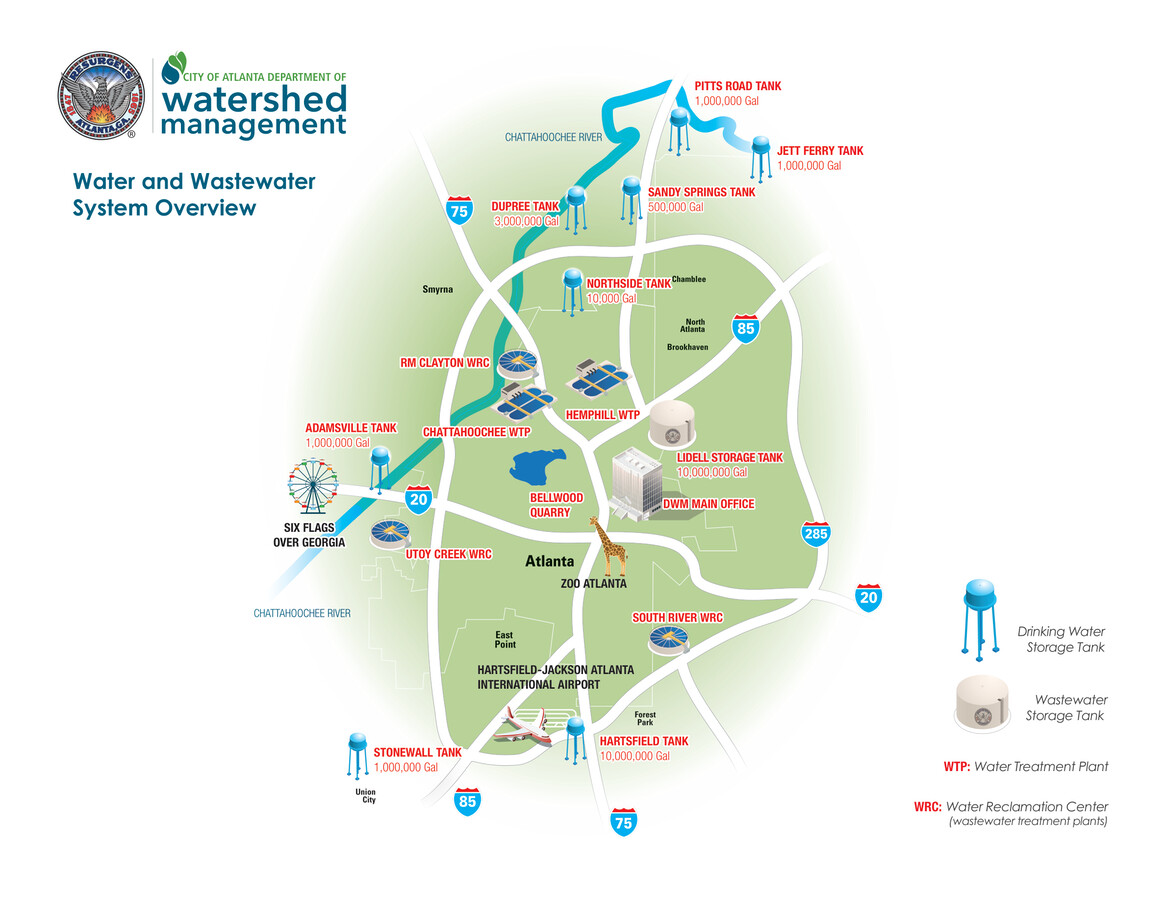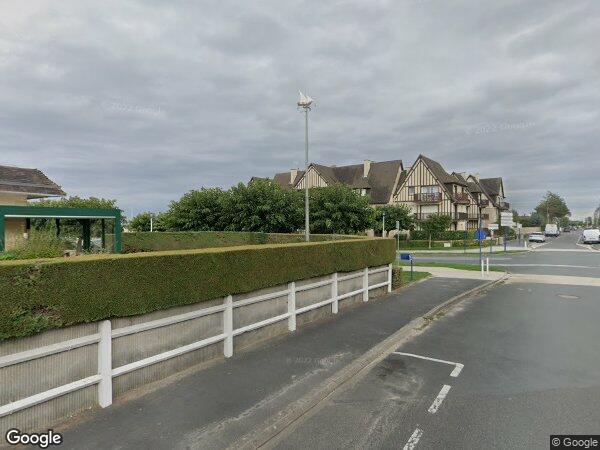Understanding Atlanta's Public Surveillance System

Table of Contents
The Components of Atlanta's Surveillance Network
Atlanta's public safety network relies on a multi-faceted surveillance system designed to deter crime, aid investigations, and enhance public safety. This system integrates several key components:
CCTV Cameras
A vast network of CCTV cameras blankets many areas of Atlanta. While the precise number is not publicly released for security reasons, thousands of cameras are strategically positioned in high-traffic areas, commercial districts, public transportation hubs (including MARTA stations), and residential neighborhoods. These cameras vary in type:
- Fixed cameras: Provide continuous surveillance of a specific area.
- PTZ (Pan-Tilt-Zoom) cameras: Offer greater flexibility, allowing operators to remotely adjust the camera's view.
- Body cameras: Worn by law enforcement officers, these cameras provide a first-person perspective of interactions.
The image quality and capabilities of these cameras are continuously upgraded. Many feature night vision capabilities for effective 24/7 surveillance. The use of facial recognition technology, if employed, remains a subject of ongoing debate and requires further transparency regarding its application and limitations.
License Plate Readers (LPRs)
Atlanta utilizes License Plate Readers (LPRs) to automatically capture and record license plate information from passing vehicles. These LPRs are strategically placed throughout the city, often integrated into existing traffic infrastructure or on police vehicles.
- Strategic Placement: LPRs are positioned at entry and exit points to the city, along major thoroughfares, and in areas with high crime rates.
- Data Storage and Retention: The city maintains strict data retention policies, adhering to legal guidelines regarding the storage and disposal of LPR data. However, the specific details of these policies require further public clarification.
- Investigative Use: LPR data assists law enforcement in investigations by identifying vehicles involved in crimes, tracking suspects, and recovering stolen vehicles.
ShotSpotter Technology
ShotSpotter, an acoustic sensor network, plays a significant role in Atlanta's response to gun violence. This technology uses a network of sensors to detect and locate gunshots, providing near real-time alerts to law enforcement.
- Accuracy and Functionality: While ShotSpotter boasts high accuracy, it's not foolproof and can sometimes generate false positives. Continuous system calibration and improvements are necessary.
- Integration with Police Response: Alerts from ShotSpotter are immediately integrated into the city's emergency response system, enabling quicker police dispatch and potentially faster intervention times.
- Effectiveness in Reducing Gun Violence: The effectiveness of ShotSpotter in reducing gun violence remains a subject of ongoing research and evaluation. Studies assessing its impact vary in their conclusions, highlighting the complexity of measuring such interventions.
Other Surveillance Technologies
While CCTV, LPRs, and ShotSpotter are prominent components, Atlanta may utilize additional surveillance technologies. The city's deployment of drone surveillance and facial recognition software, if any, requires more transparency. Any use of such advanced technologies must be subject to strict oversight and guidelines to mitigate potential biases and misuse.
Governance and Oversight of Atlanta's Surveillance System
Effective governance and oversight are crucial for a responsible surveillance system. In Atlanta, several agencies share responsibility:
Responsible Agencies
The Atlanta Police Department (APD) plays a primary role in managing and utilizing the surveillance system's data for crime prevention and investigation. However, the City Council also plays a crucial role in establishing policies, allocating resources, and providing legislative oversight. Transparency regarding the interaction and division of responsibilities between these agencies is vital.
Data Privacy Policies
Data collection, storage, and access are governed by a complex web of laws and internal policies. Compliance with relevant state and federal laws, like the Fourth Amendment protections against unreasonable searches and seizures, is paramount. Public availability of these policies and an easily accessible explanation of these policies are crucial for public trust.
Public Access to Information
Transparency regarding the surveillance system is essential. Citizens should have a clear understanding of how the system operates and a defined process for accessing information about it. This might include the ability to request footage under specific circumstances, subject to legal limitations and redaction protocols to protect privacy.
Accountability Mechanisms
Mechanisms for ensuring accountability and preventing misuse are essential. Internal audits, independent oversight committees, and regular reviews of the system's policies and procedures are vital to maintaining public trust and ensuring responsible use.
Public Perception and Privacy Concerns Regarding Atlanta's Surveillance System
The implementation of a comprehensive surveillance system inevitably raises significant public perception and privacy concerns:
Concerns about Privacy Violations
A primary concern centers on the potential for privacy violations. The indiscriminate collection of data, even without explicit targeting of individuals, raises questions about the extent to which personal freedoms are compromised. Balancing public safety with individual rights is a delicate task that requires continuous public debate and refinement of policies.
Potential for Bias and Discrimination
The possibility of biased use of surveillance technologies, particularly facial recognition systems, is a critical concern. Algorithmic biases can disproportionately impact certain demographics, perpetuating existing societal inequalities. Rigorous testing and auditing are required to mitigate this risk.
Civil Liberties Implications
The broad implications of Atlanta's surveillance system for civil liberties and freedom of expression need careful consideration. The potential chilling effect on free speech and assembly must be carefully weighed against the system's purported benefits.
Community Engagement and Dialogue
Open and ongoing community engagement is vital to addressing these concerns effectively. Public forums, town halls, and community input sessions can provide a platform for dialogue and help shape the future development and implementation of surveillance technologies.
Conclusion: Understanding and Engaging with Atlanta's Public Surveillance System
Atlanta's public surveillance system represents a complex interplay of technological advancement, public safety needs, and concerns about privacy and civil liberties. Understanding the various components of this network – from CCTV cameras and LPRs to ShotSpotter and potentially other emerging technologies – is crucial for informed civic engagement. Effective governance, transparency regarding data policies, and robust accountability mechanisms are vital for maintaining public trust. The ongoing dialogue regarding the balance between public safety and individual rights must continue, ensuring that Atlanta's surveillance network serves its intended purpose while upholding the fundamental freedoms of its citizens. We encourage readers to stay informed about ongoing developments in public safety and surveillance in Atlanta and to participate in constructive conversations about the responsible use of Atlanta's security cameras and related technologies. For further information, you can explore resources from the Atlanta City Council website and organizations focused on privacy and civil liberties.

Featured Posts
-
 Aew Double Or Nothing 2025 Everything You Need To Know
May 27, 2025
Aew Double Or Nothing 2025 Everything You Need To Know
May 27, 2025 -
 Ai Driven Content Creation A Poop Themed Podcast From Repetitive Documents
May 27, 2025
Ai Driven Content Creation A Poop Themed Podcast From Repetitive Documents
May 27, 2025 -
 Osimhen To Manchester United Transfer News And Potential Deal
May 27, 2025
Osimhen To Manchester United Transfer News And Potential Deal
May 27, 2025 -
 Katsina Bandit Clash 12 Killed In Military Operation
May 27, 2025
Katsina Bandit Clash 12 Killed In Military Operation
May 27, 2025 -
 Is Chelsea Still In The Running For Victor Osimhen Transfer News And Updates
May 27, 2025
Is Chelsea Still In The Running For Victor Osimhen Transfer News And Updates
May 27, 2025
Latest Posts
-
 Un Jour En Mer Guide Complet Pour Tous Les Marins
May 31, 2025
Un Jour En Mer Guide Complet Pour Tous Les Marins
May 31, 2025 -
 Decouverte Du Festival De La Camargue A Port Saint Louis Du Rhone Mers Oceans Et Traditions
May 31, 2025
Decouverte Du Festival De La Camargue A Port Saint Louis Du Rhone Mers Oceans Et Traditions
May 31, 2025 -
 Soudain Seuls Ce Soir A La Tele L Histoire Vraie Du Naufrage De Melanie Thierry Et Gilles Lellouche
May 31, 2025
Soudain Seuls Ce Soir A La Tele L Histoire Vraie Du Naufrage De Melanie Thierry Et Gilles Lellouche
May 31, 2025 -
 Saison Estivale A Ouistreham Un Carnaval Pour Demarrer Les Festivites
May 31, 2025
Saison Estivale A Ouistreham Un Carnaval Pour Demarrer Les Festivites
May 31, 2025 -
 Le Festival De La Camargue A Port Saint Louis Du Rhone Au C Ur Des Traditions Maritimes
May 31, 2025
Le Festival De La Camargue A Port Saint Louis Du Rhone Au C Ur Des Traditions Maritimes
May 31, 2025
